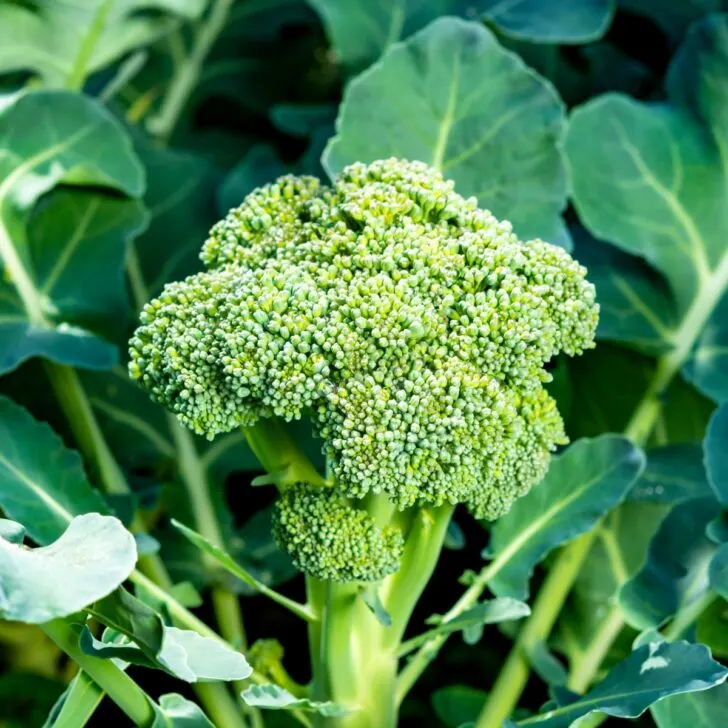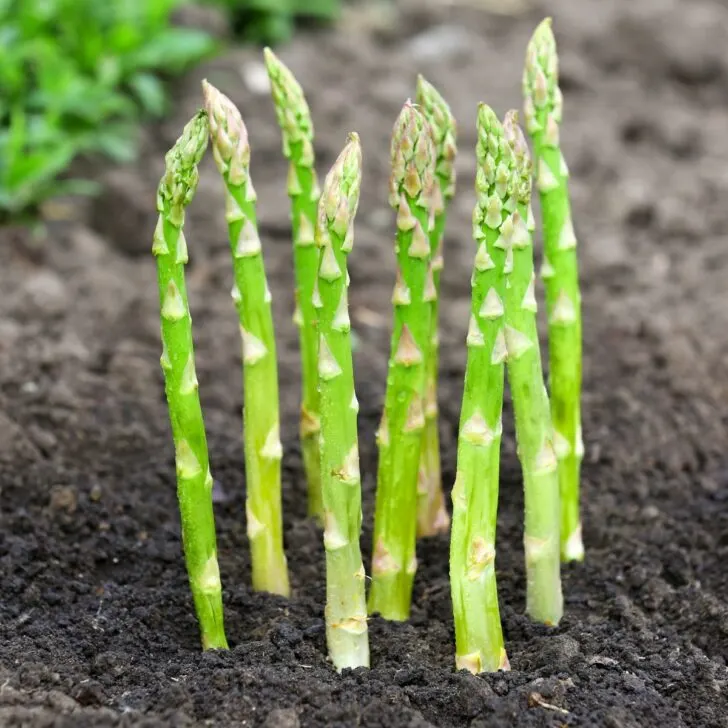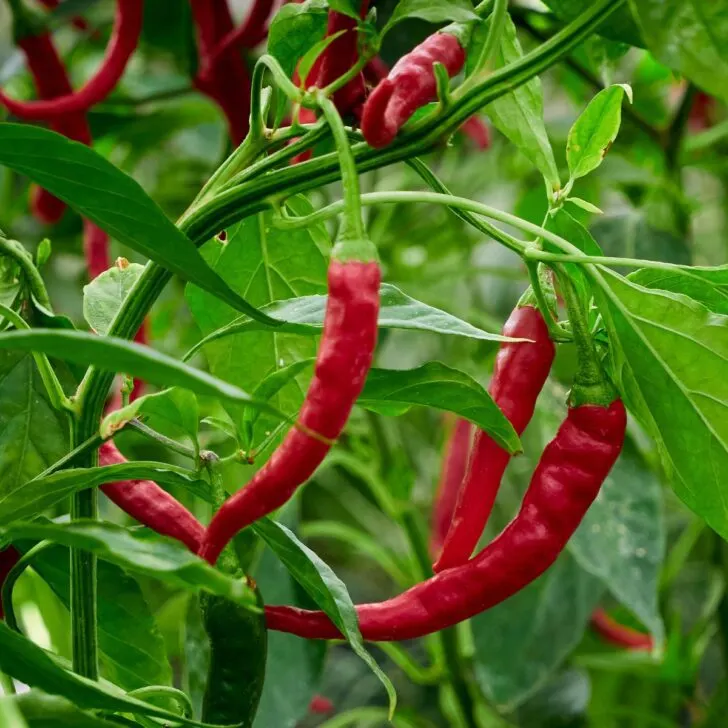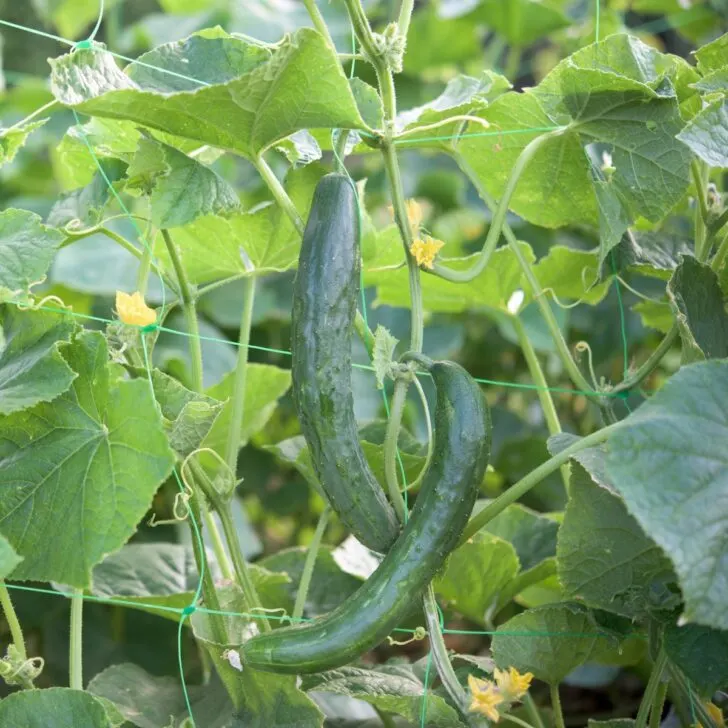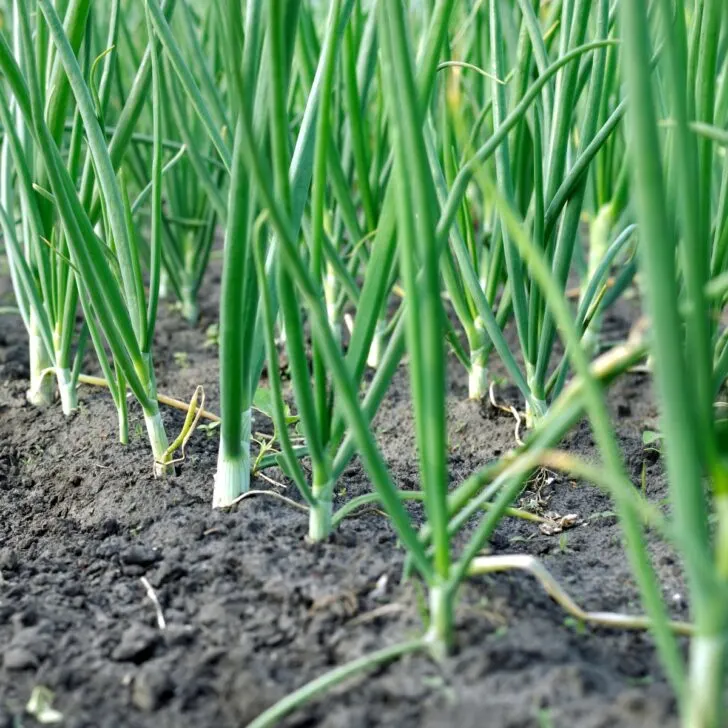Learn the secrets of growing crunchy, fresh celery from seed with our step-by-step guide to cultivating this versatile veggie.
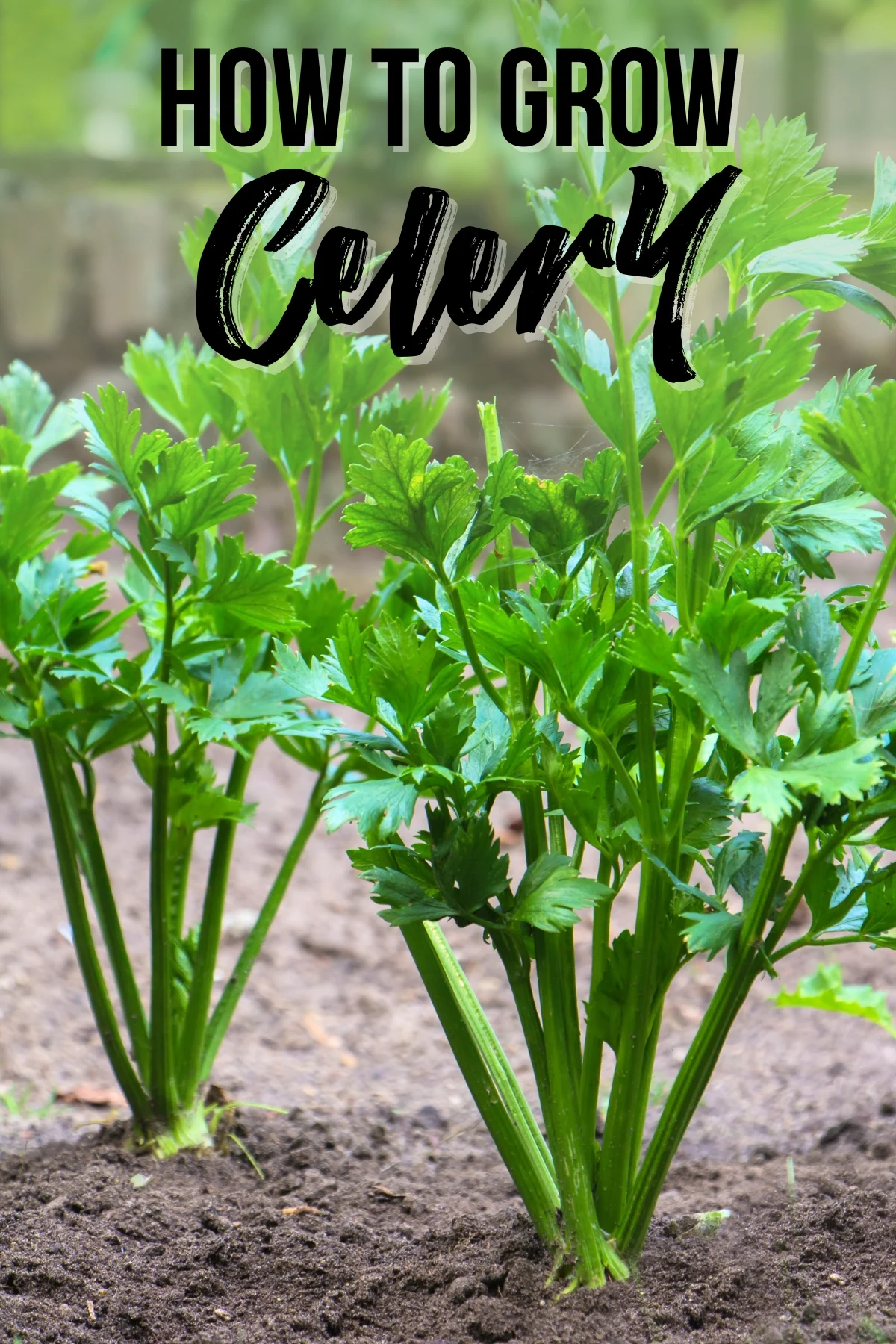
Growing celery from seed requires lots of patience and perseverance. This picky plant will teach you the importance of providing the right growing conditions, making it a challenge for even experienced gardeners.
Celery is a fussy plant with a long growing season. It likes acidic soil with lots of fertilizer and water, and it’s prone to many plant diseases and pests.
While celery is not the easiest vegetable to grow, home-grown often tastes better than what you find at the grocery store. If you want to explore all the subtle differences in taste and texture celery offers, it can be worth the effort.
Let's get growing!
This post contains affiliate links for your convenience. Purchases made through these links may earn me a small commission at no additional cost to you.
Growing Celery at a Glance
| Timing | Start seeds indoors 8-10 weeks before last frost. |
| Germination | Maintain even 70°F temperature, provide light, and keep evenly moist. Germination can take up to 3 weeks. |
| Transplanting Seedlings | Transplant when 2 inches tall to larger pots, then to garden when 5 inches tall and outdoor temps are 50-55°F. |
| Plant Spacing | Space plants about 8 inches apart in rows 2 feet apart. |
| Soil Requirements | Prefers rich, fertile, and slightly acidic soil (pH 6.0-6.8). |
| Sunlight Requirements | Requires full sun but can tolerate partial shade, especially in hotter climates. |
| Watering | Maintain even moisture. Use drip irrigation to avoid foliar diseases. Avoid overhead watering. |
| Fertilization | Apply a balanced, slow-release fertilizer at planting. Supplement with a nitrogen-rich fertilizer during growth. |
| Companion Planting | Plant with mint, nasturtiums, and marigolds. Avoid root vegetables like carrots or potatoes. |
| Harvesting | Harvest when stalks are tightly clustered and reach maturity date for the variety. Cut stem just below where the stalks join. Can also use leaves. |
Celery Varieties
If you want the mildest-tasting celery, look for varieties that are self-blanching. You can also use blanching cultivation techniques in the garden to make the stalks as tender, non-stringy, and mild flavored as possible.
Celery is prone to bolting prematurely in warm weather, so choosing a variety to match your soil and climactic conditions is essential for success.
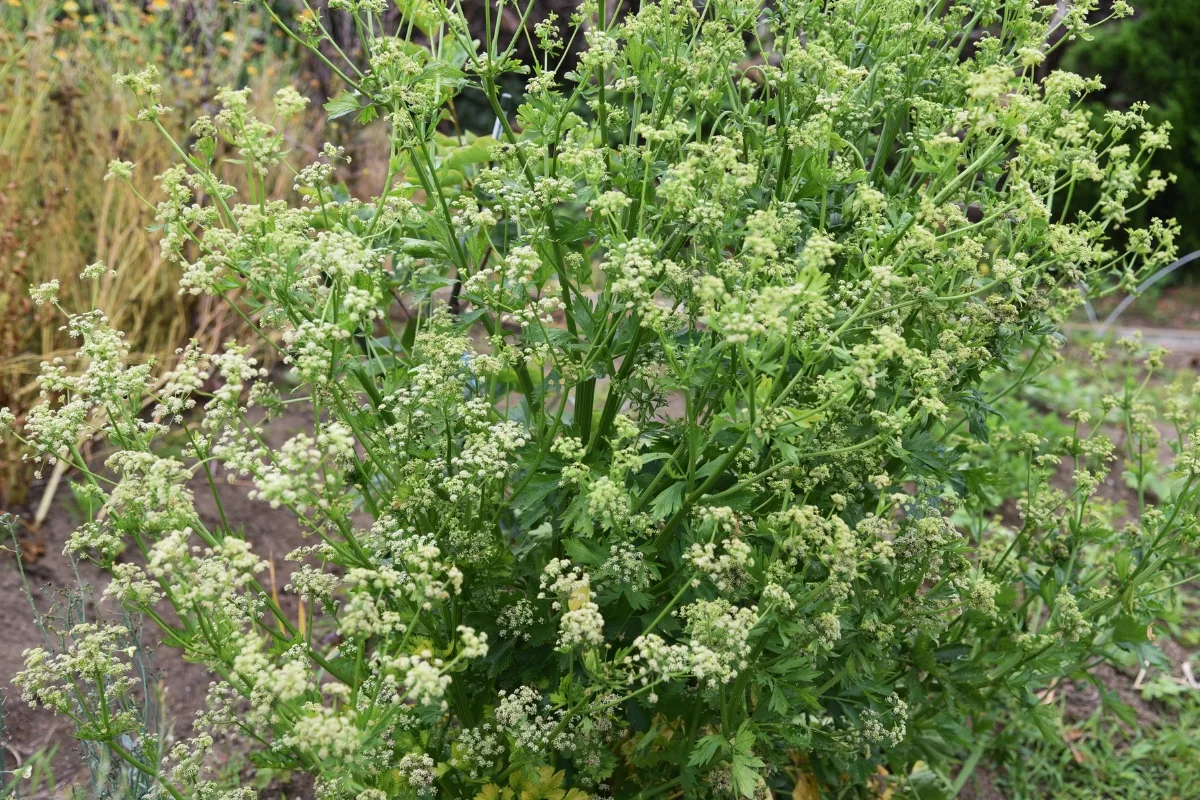
Some celery varieties are bred for resistance to fusarium wilt and other diseases. If your soil has this pathogen, choose a resistant cultivar. Unfortunately, once fusarium takes hold in the ground, it is impossible to eradicate.
- ‘Conquistador’ is a fast-growing hybrid that’s ready in 80 days.
- ‘Giant Red’ has unusual reddish-colored stalks and exceptional cold tolerance.
- ‘Golden Pascal’ is a stringless heirloom with a mild flavor.
- 'Chinese White' features snow white stalks and strong celery flavor.
- ‘Utah Tall’ is a long-season type with deep ribs maturing in about 115 days.
- ‘Picador,’ ‘Matador,’ and ‘Vicar’ are among the many types resistant to fusarium wilt.
How to Plant Celery Seeds
For best results, start celery seeds indoors under grow lights 8 to 10 weeks before the last average frost date and use fresh seeds from a reliable source.
Celery seeds are tiny and hard to handle. One option to make it easier is mixing the seeds with some clean, fine sand and then dusting the mixture onto the soil surface.
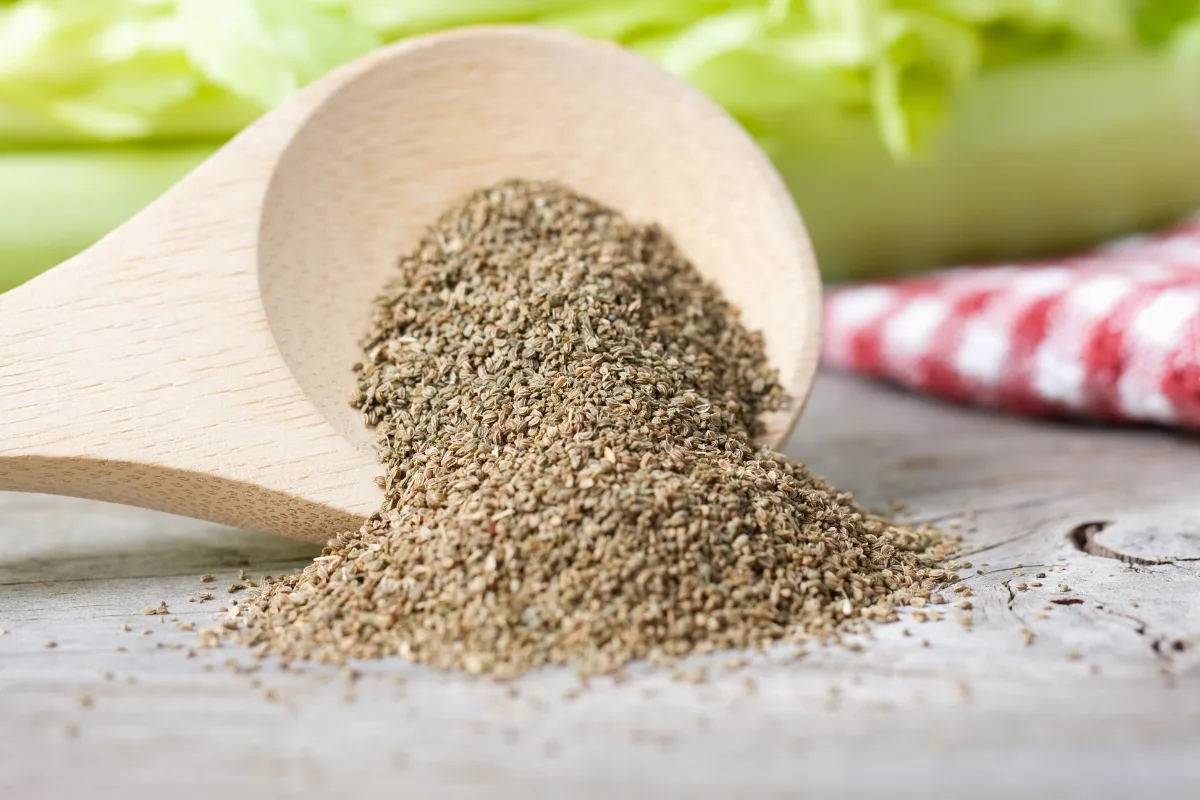
Due to celery’s problems with soil-borne pathogens that can cause damping-off, you might want to consider starting the seeds in a sterile seed starting mix or coco coir.
Celery seeds require an even temperature of 70°F and light exposure to germinate, so cover the seeds very lightly with perlite or soil mix. In addition, it’s crucial to keep the seed flats evenly moist at all times during germination, which can take up to three weeks.

When the plants are about two inches tall, transplant them into larger pots until outdoor temperatures are suitable for moving them into the garden.
Planting Celery in the Garden
A low-lying area in the garden is optimum for growing celery due to its need for constant moisture. However, celery also needs good drainage, so be sure the spot you choose does not get waterlogged or take measures to improve the drainage before planting.

Space the plants about eight inches apart in rows two feet apart when low outdoor temperatures are 50 to 55°F, and the seedlings are about five inches tall. Larger seedlings have a higher bolting rate and a greater chance of transplant shock, so timing is crucial.
Caring for and Harvesting Celery
Keep the plants evenly watered while they grow. Drip irrigation works well because overhead watering can encourage the growth of foliar diseases. A lack of water causes length-wise splitting of the stalks and black heart, a problem often affecting celery as it matures.
Consider companion planting with other vegetables that will deter pests and increase flavor and yields. Good companion plants for celery include mint, nasturtiums and marigolds. Avoid root vegetables like carrots or potatoes, which can disturb celery roots.
If you want extra tender, mildly-flavored, white stalks of celery, you can blanch them by mounding the soil around the plants as they grow. However, while this process makes the stalks less stringy, it reduces their nutritional value.

Harvest celery as it reaches the maturity date for the variety you’re growing, and bunches of stalks are tightly clustered. Then, cut the stem of the entire plant just below where the stalks join. You can also use celery leaves, fresh or dried, to add flavor to many dishes.
As you nurture your celery plants from tiny seeds to thriving, leafy stalks, remember that patience and attention to their specific needs are key ingredients to a bountiful harvest. Not only will you reap the benefits of crisp, flavorful celery, but you'll also gain a deeper appreciation for the produce on your grocery store shelves.
Check out these other vegetables you can grow from seed!

